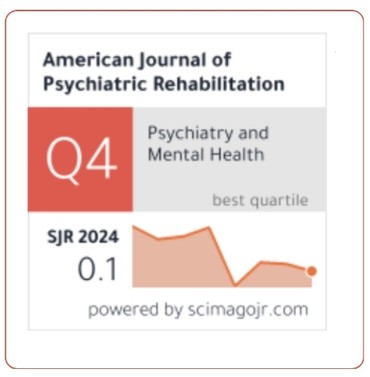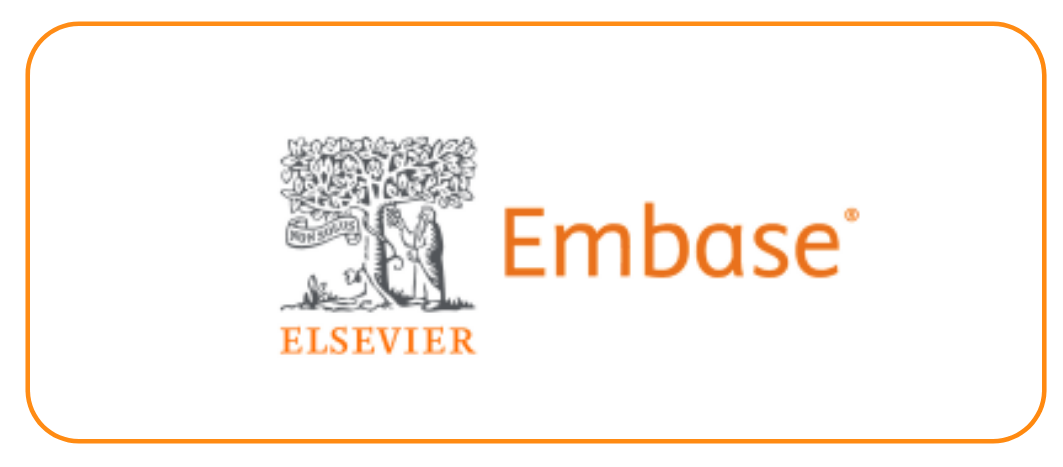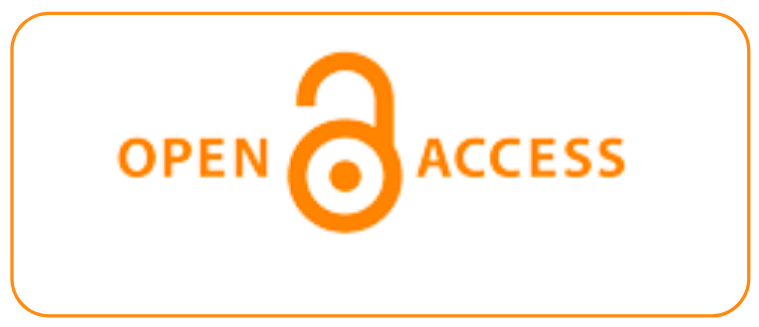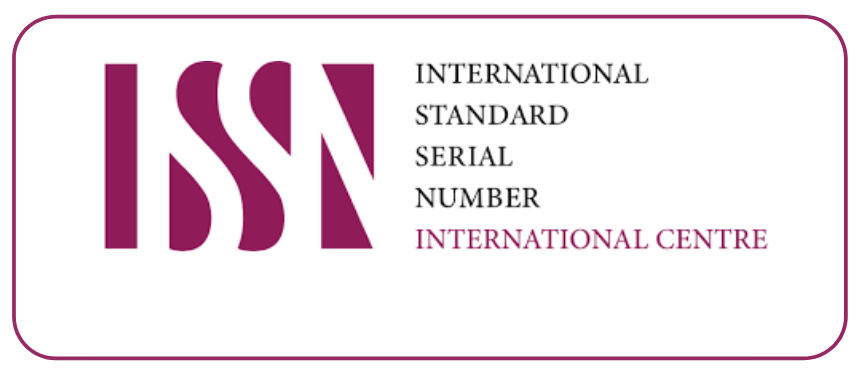A Pilot Study On Electromagnetic Neuromodulation Using Emedica Technology For The Clinical Management Of Psychotic Disorders In A 30-Patient Cohort.
DOI:
https://doi.org/10.69980/ajpr.v28i5.404Keywords:
.Abstract
Background
Psychotic disorders, including schizophrenia and bipolar disorder with psychotic features, are severe mental illnesses marked by disturbances in mood, perception, and cognition. While pharmacotherapy and psychotherapy remain the primary treatments, residual symptoms and adverse effects limit their efficacy. Electromagnetic neuromodulation, particularly via the eMedica system, offers a novel, non-invasive adjunctive approach that may improve clinical outcomes by modulating neuronal activity.
Objective
To evaluate the clinical efficacy and safety of electromagnetic modulation therapy using the eMedica system in improving symptoms of psychotic disorders in a pilot sample of 30 patients.
Methods
A 6-week open-label pilot study was conducted on 30 adult patients diagnosed with psychotic disorders according to DSM-5 criteria. Participants received daily sessions of eMedica electromagnetic therapy, targeting psychotic symptoms and comorbid conditions. Each patient followed a three-session daily protocol involving specific programs post-meal. Symptom changes were measured using clinical interviews and validated psychiatric scales, including the Hamilton Depression and Anxiety Rating Scales.
Results
Seventy-three percent of participants reported notable improvement in mood stabilization. Improvements in sleep quality and reduction in anxiety and depressive symptoms were observed in 67% and 70% of participants, respectively. No major adverse events occurred; minor side effects such as transient tingling sensations were reported in 10% of cases. Patients showed better adherence to routine activities and improved overall well-being by the end of the treatment period.
Conclusion
Electromagnetic neuromodulation using the eMedica system appears to be a safe and potentially effective adjunctive treatment for managing psychotic disorders. This pilot study supports further investigation through larger, controlled trials to validate its therapeutic benefits and clarify underlying mechanisms.
References
1. Sheffield JM, Karcher NR, Barch DM. Cognitive Deficits in Psychotic Disorders: A Lifespan Perspective. Neuropsychol Rev. 2018;28(4): 509-533.
doi:10.1007/s11065-018-9388-2.
2. Chakrabarti S, Singh N. Psychotic symptoms in bipolar disorder and their impact on the illness: A systematic review. World J Psychiatry. 2022;12(9):1204-1232. Published 2022 Sep 19. doi:10.5498/wjp.v12.i9.1204.
3. McCutcheon RA, Keefe RSE, McGuire PK. Cognitive impairment in schizophrenia: aetiology, pathophysiology, and treatment [published correction appears in Mol Psychiatry. 2023 May;28(5):1919. doi: 10. 1038/s41380-023-01984-6.].
Mol Psychiatry. 2023;28(5):1902-1918. doi:10. 1038/s41380-023-01949-9.
4. Kim JS, Hong SB, Park KW, Lee ATC. Psychotic Symptoms in Patients With Major Neurological Diseases. J Clin Neurol. 2024;20(2):153-165. doi:10.3988/jcn.2023.0501.
5. Javitt DC. Cognitive Impairment Associated with Schizophrenia: From Pathophysiology to Treatment. Annu Rev Pharmacol Toxicol. 2023;63:119-141. doi:10.1146/annurev-pharmtox-051921-093250.
6. Chokhawala K, Stevens L. Antipsychotic Medications. In: StatPearls. Treasure Island (FL): StatPearls Publishing; February 26, 2023.
7. Guo X, Zhai J, Liu Z, et al. Effect of antipsychotic medication alone vs combined with psychosocial intervention on outcomes of early-stage schizophrenia: A randomized, 1-year study. Arch Gen Psychiatry. 2010;67 (9):895-904. doi:10.1001/archgenpsychiatry.2010.105.
8. de Bartolomeis A, Barone A, Begni V, Riva MA. Present and future antipsychotic drugs: A systematic review of the putative mechanisms of action for efficacy and a critical appraisal under a translational perspective. Pharmacol Res. 2022;176:106078. doi:10.1016/j.phrs. 2022.106078.
9. GBD 2021 Diseases and Injuries Collaborators. Global incidence, prevalence, years lived with disability (YLDs), disability-adjusted life-years (DALYs), and healthy life expectancy (HALE) for 371 diseases and injuries in 204 countries and territories and 811 subnational locations, 1990-2021: a systematic analysis for the Global Burden of Disease Study 2021. Lancet. 2024;403(10440):2133-2161. doi:10.1016/S0140-6736(24)00757-8.
10. Wolraich ML, Hagan JF Jr, Allan C, et al. Clinical Practice Guideline for the Diagnosis, Evaluation, and Treatment of Attention-Deficit/Hyperactivity Disorder in Children and Adolescents [published correction appears in Pediatrics. 2020 Mar;145(3):e20193997. doi:10.1542/peds.2019-3997.
11. Nakao M, Shirotsuki K, Sugaya N. Cognitive-behavioral therapy for management of mental health and stress-related disorders: Recent advances in techniques and technologies. Biopsychosoc Med. 2021;15(1):16. Published 2021 Oct 3. doi:10.1186/s13030-021-00219-w.
12. Reuman L, Thompson-Hollands J, Abramowitz JS. Better Together: A Review and Recommendations to Optimize Research on Family Involvement in CBT for Anxiety and Related Disorders. Behav Ther. 2021;52(3): 594-606. doi:10.1016/j.beth.2020.07.008.
13. Hassan Kariri HD, Almubaddel A. From theory to practice: Revealing the real-world impact of cognitive behavioral therapy in psychological disorders through a dynamic bibliometric and survey study. Heliyon. 2024;10(18):e37763. Published 2024 Sep 14. doi:10.1016/j. heliyon. 2024.e37763.
14. Sharma NP, Spiro PM. Psychoanalytic Therapy. In: StatPearls. Treasure Island (FL): StatPearls Publishing; August 2, 2023.
15. Barlati S, Nibbio G, Vita A. Evidence-based psychosocial interventions in schizophrenia: a critical review. Curr Opin Psychiatry. 2024; 37(3):131-139. doi:10.1097/YCO.0000000000000925.
16. Lattie EG, Stiles-Shields C, Graham AK. An overview of and recommendations for more accessible digital mental health services. Nat Rev Psychol. 2022;1(2):87-100. doi:10.1038/ s44159-021-00003-1.
17. Sheng R, Chen C, Chen H, Yu P. Repetitive transcranial magnetic stimulation for stroke rehabilitation: insights into the molecular and cellular mechanisms of neuroinflammation. Front Immunol. 2023;14: 1197422. Published 2023 May 22. doi:10.3389/fimmu. 2023. 1197422.
18. Dokucu ME. Neuromodulation Treatments for Schizophrenia. Curr Treat Options Psychiatry. 2015;2(3):339-348. doi:10.1007/s40501-015-0055-4.
19. Chase HW, Boudewyn MA, Carter CS, Phillips ML. Transcranial direct current stimulation: a roadmap for research, from mechanism of action to clinical implementation. Mol Psychiatry. 2020;25(2):397-407. doi:10.1038/ s41380-019-0499-9.
20. Salehinejad MA, Ghanavati E, Glinski B, Hallajian AH, Azarkolah A. A systematic review of randomized controlled trials on efficacy and safety of transcranial direct current stimulation in major neurodevelopmental disorders: ADHD, autism, and dyslexia. Brain Behav. 2022;12(9):e2724. doi:10.1002/brb3.2724.
21. Lefaucheur JP, Nguyen JP, Knotkova H, Rossi S, Nizard J. Editorial: Combining a non-invasive transcranial stimulation technique with another therapeutic approach: mechanisms of action, therapeutic interest and tolerance. Front Neurol. 2024;15:1440696. Published 2024 Jul 16. doi:10.3389/fneur. 2024.1440696.
22. Zhou D, Li X, Wei S, et al. Transcranial Direct Current Stimulation Combined With Repetitive Transcranial Magnetic Stimulation for Depression: A Randomized Clinical Trial. JAMA Netw Open. 2024;7(11):e2444306. Published 2024 Nov 4. doi:10.1001/ jamanetworkopen. 2024.44306.
23. Pooley DT. Bioelectromagnetics, complex behaviour and psychotherapeutic potential. QJM. 2010;103(8):545-554. doi:10. 1093/qjmed/hcq079.
24. Gross J, Junghöfer M, Wolters C. Bioelectromagnetism in Human Brain Research: New Applications, New Questions. Neuroscientist. 2023;29(1):62-77. doi:10.1177/10738584211054742
25. Fomenko A, Neudorfer C, Dallapiazza RF, Kalia SK, Lozano AM. Low-intensity ultrasound neuromodulation: An overview of mechanisms and emerging human applications. Brain Stimul. 2018;11(6):1209-1217. doi:10.1016/j. brs.2018.08.013.
26. Hemant Rohera, Dr Gauri Makarand Apte, Dr Makarand Vishwas Apte, Dr Deepak Nagpal (2024). A review of electromagnetic frequency modulation with a focus on eMedica as a therapeutic approach for Parkinson’s disease, that goes beyond pharmaceutical treatments. Frontiers in Health Informatics, 13(3), 10720-107206.
27. Dr.Vaishali Pagare, Dr Pratik Sheshrao Hande, Hemant Rohera, Dr Deepak Nagpal(2024) Optimization of Cellular Frequencies in Therapeutic Interventions for Varicose Veins using eMedica: A PilotStudy. Frontiers in Health Informatics, 13(6)623-627.
28. Rohan KJ, Rough JN, Evans M, et al. A protocol for the Hamilton Rating Scale for Depression: Item scoring rules, Rater training, and outcome accuracy with data on its application in a clinical trial. J Affect Disord. 2016;200:111-118. doi:10.1016/j.jad.2016.01.051.
29. Park SC, Jang EY, Kim JM, et al. Clinical Validation of the Psychotic Depression Assessment Scale, Hamilton Depression Rating Scale-6, and Brief Psychiatric Rating Scale-5: Results from the Clinical Research Center for Depression Study. Psychiatry Investig. 2017;14 (5):568-576. doi:10.4306/pi.2017.14.5.568.
30. Polese D, Fornaro M, Palermo M, De Luca V, de Bartolomeis A. Treatment-Resistant to Antipsychotics: A Resistance to Everything? Psychotherapy in Treatment-Resistant Schizophrenia and Nonaffective Psychosis: A 25-Year Systematic Review and Exploratory Meta-Analysis. Front Psychiatry. 2019;10:210. Published 2019 Apr 17. doi:10.3389/fpsyt. 2019.00210.
31. Shi C, Yu X, Cheung EF, Shum DH, Chan RC. Revisiting the therapeutic effect of rTMS on negative symptoms in schizophrenia: a meta-analysis. Psychiatry Res. 2014;215(3):505-513. doi:10.1016/j.psychres.2013.12.019.
32. Vinogradov S, Chafee MV, Lee E, Morishita H. Psychosis spectrum illnesses as disorders of prefrontal critical period plasticity. Neuropsychopharmacology. 2023;48(1):168-185. doi:10.1038/s41386-022-01451-w.
Downloads
Published
Issue
Section
License
Copyright (c) 2025 American Journal of Psychiatric Rehabilitation

This work is licensed under a Creative Commons Attribution 4.0 International License.
This is an Open Access article distributed under the terms of the Creative Commons Attribution 4.0 International License permitting all use, distribution, and reproduction in any medium, provided the work is properly cited.









